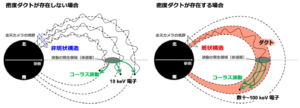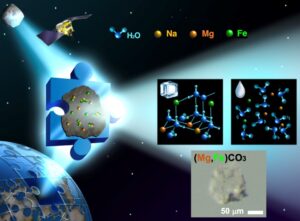Migration history of individual walleye pollock revealed by radiocarbon in their otoliths
Ecological history of three groups around Hokkaido
Summary of Presentations
A research group led by Professor Yusuke Yokoyama of the Atmosphere and Ocean Research Institute, along with Ms. Kozue Ando, a master’s student of the School of Science at The University of Tokyo (at the time of research), and Dr. Osamu Sakai, Director of Bottom Fish Group 1, Department of Bottom Fish Resources, Fisheries Research and Education Organization (FRA), analyzed natural radiocarbon (carbon-14) in otoliths of walleye pollock caught around Hokkaido (Figure) using a recently developed experimental apparatus, reconstructing the migration history of each individual fish.
As a result, it was confirmed that walleye pollock in the three areas around Hokkaido (the northern Sea of Japan, the southern Sea of Okhotsk, and the Pacific Ocean) were divided into three groups in terms of carbon-14 concentration, and that many individuals in each group generally remained in the same area from hatching to being caught. However, it became clear that some individuals in the northern Sea of Japan and southern Sea of Okhotsk may have migrated far from the area where they were caught. This suggests that walleye pollock around Hokkaido occasionally migrate over a wide area encompassed by the Hokkaido sea area, which is important information for sustainable fishery resource management.

Northern Sea of Japan (JS): yellow, Southern Sea of Okhotsk (OS): purple, Pacific Ocean (JP): light blue. Black dots indicate sampling locations.
For more details, please read the article:














